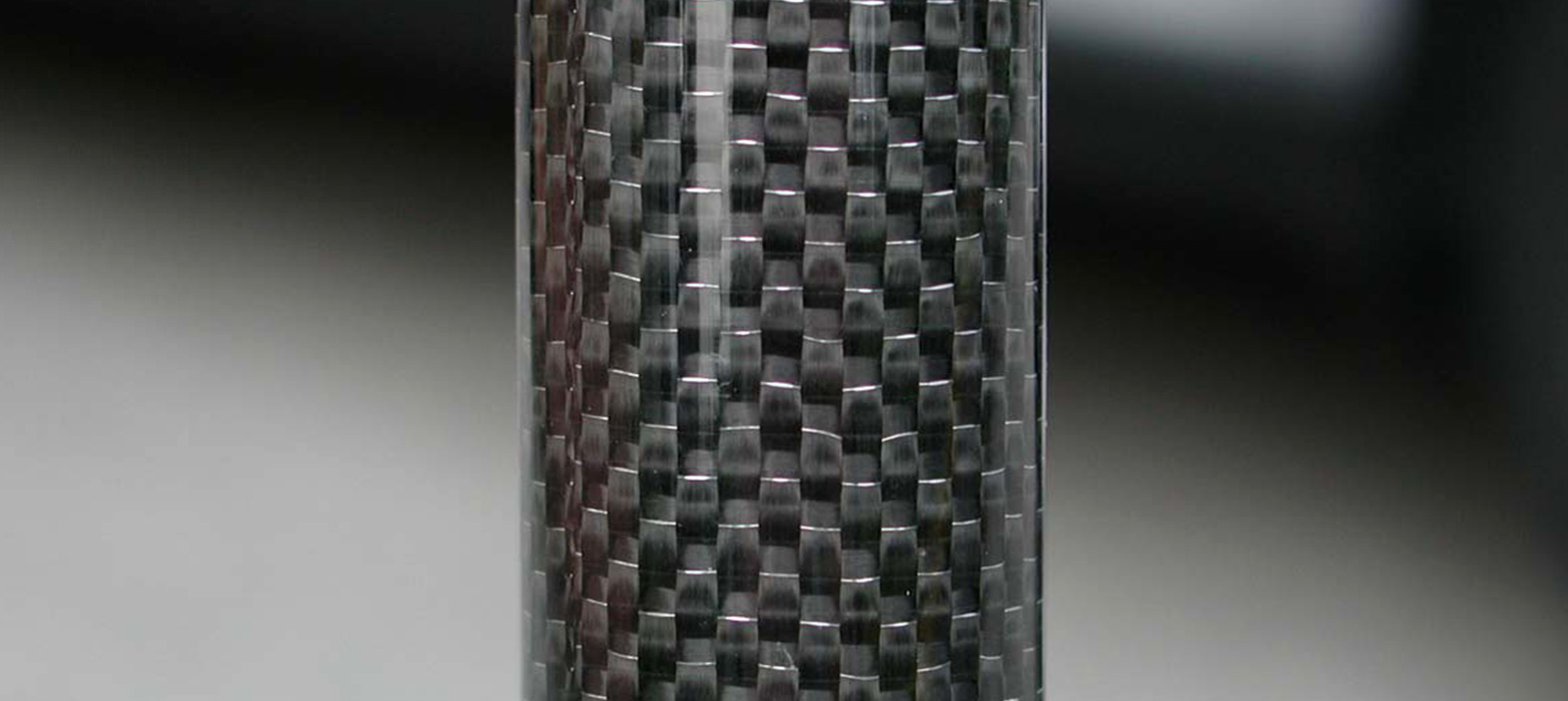
Carbon Fiber K Grades Explained
👁 Reads: 3016
Carbon fiber composites have been increasingly utilized in various industries, from aerospace and automotive to sports equipment and consumer goods. Carbon fibers, typically made from polyacrylonitrile (PAN) precursor, are combined with a matrix material, usually a polymer, to form a composite material that offers high strength and stiffness properties. One of the key factors in determining the quality and performance of a carbon fiber composite is the carbon fiber grade or modulus, commonly referred to as the “K-grade”.
What are K Grades?
K-grades, or modulus grades, refer to the stiffness or modulus of the carbon fibers used in the composite. Modulus is a measure of a material’s resistance to deformation under load and is expressed in terms of pressure or stress. In other words, the higher the modulus of a carbon fiber, the stiffer it is, and the more resistance it offers to bending and twisting.
Why are K Grades Important?
The choice of carbon fiber K-grade can significantly impact the mechanical properties of a composite, such as strength, stiffness, and weight. Selecting the right K-grade for a particular application is important in order to optimize performance and meet design requirements. For example, high-modulus carbon fibers are often used in aerospace applications like making carbon fiber rods because of their high stiffness and strength-to-weight ratio, while lower modulus fibers may be used in applications that require greater flexibility and impact resistance.
Types of K Grades
One of the ways that carbon fiber is classified is based on its "grade," which is determined by the number of fibers used in each strand of the material. This article will provide an in-depth explanation of the different carbon fiber grades, including 1K, 2K, 3K, 6K, 12K, and 24K.
1K Carbon Fiber
1K carbon fiber refers to a single strand of carbon fiber that has not been woven into a fabric. 1K carbon fiber is the most basic form of carbon fiber, and is typically used as a reinforcement for other materials. Due to its lack of woven structure, 1K carbon fiber is not as strong as other grades of carbon fiber, but it is still stronger than traditional materials such as steel.
2K Carbon Fiber
2K carbon fiber is created by twisting two 1K carbon fibers together. The result is a stronger material that has a higher resistance to breaking. 2K carbon fiber is often used as a reinforcement for composite materials in applications that require additional strength, such as in aircraft or automotive parts.
3K Carbon Fiber
3K carbon fiber is created by twisting three 1K carbon fibers together. The result is a material that is even stronger and more resistant to breaking than 2K carbon fiber. 3K carbon fiber is commonly used in high-performance applications such as racing bicycles or aircraft components.
6K Carbon Fiber
6K carbon fiber is created by twisting six 1K carbon fibers together. The result is a material that is significantly stronger than 3K carbon fiber. 6K carbon fiber is often used in applications that require the highest level of strength and durability, such as in military equipment or high-performance sports equipment.
12K Carbon Fiber
12K carbon fiber is created by twisting twelve 1K carbon fibers together. This grade of carbon fiber is even stronger than 6K carbon fiber, making it ideal for applications that require the highest level of strength and durability. 12K carbon fiber is typically used in high-end aerospace and military applications.
24K Carbon Fiber
24K carbon fiber is created by twisting twenty-four 1K carbon fibers together. This grade of carbon fiber is the strongest available, and is used in applications that require exceptional strength and durability, such as in spacecraft or high-performance race cars.
Factors Affecting K Grades
There are several factors that can affect the modulus of carbon fibers, including fiber diameter, precursor material, and processing conditions. In general, smaller fiber diameters result in higher modulus fibers, while the choice of precursor material can also influence the modulus of the fiber. Additionally, the processing conditions, such as temperature, pressure, and time, can also impact the modulus of the fiber.
Conclusion
Carbon fiber is a versatile material that is used in a wide range of applications due to its strength, durability, and lightweight properties. The different grades of carbon fiber, including 1K, 2K, 3K, 6K, 12K, and 24K, are determined by the number of fibers used in each strand of the material. Each grade offers a unique level of strength and durability, making it ideal for various applications. Whether you are looking for a material for high-performance sports equipment or for aerospace components, there is a grade of carbon fiber that is suitable for your needs.





